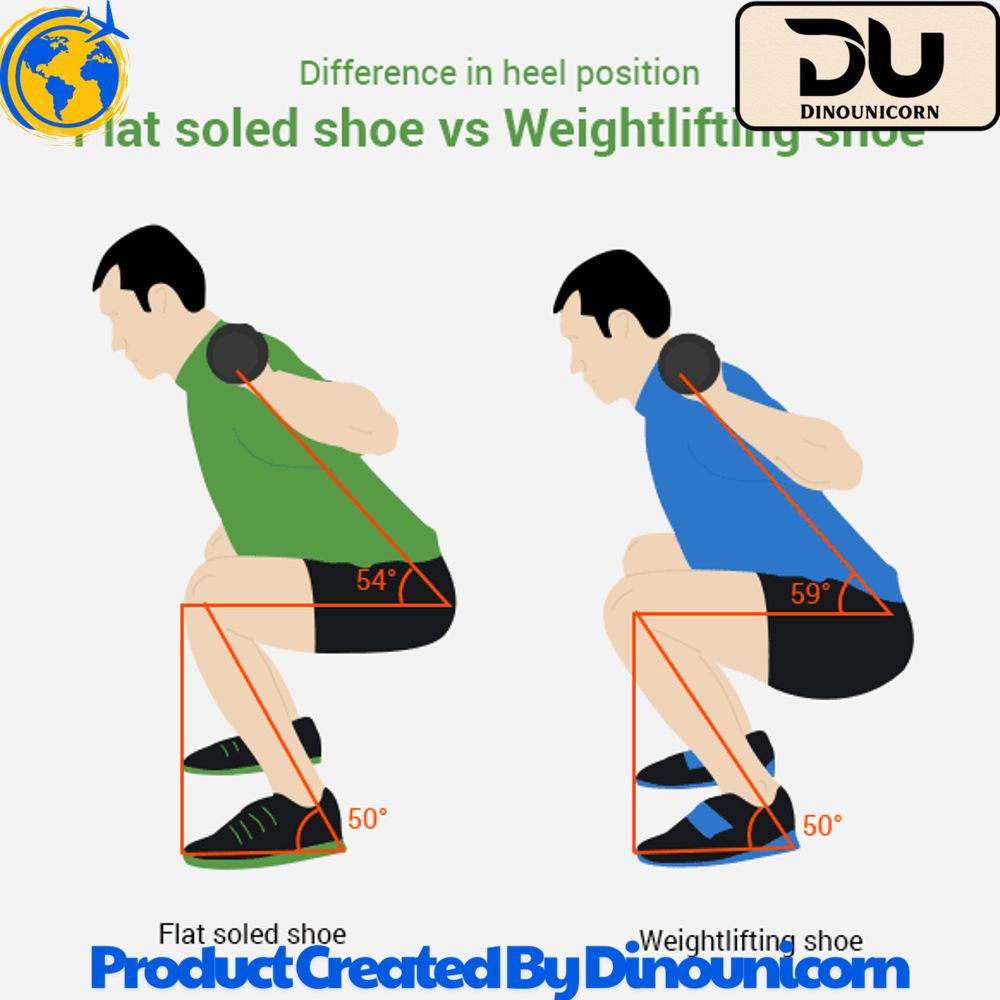SEO Blog
Do Weightlifting Shoes Actually Help?
Do Weightlifting Shoes Actually Help?
Weightlifting is a demanding sport that requires not only strength and technique but also the right equipment to optimize performance. Weightlifting shoes are one such piece of gear that many lifters swear by, but the question remains: do weightlifting shoes actually help? In this article, we will explore the benefits, features, and potential drawbacks of weightlifting shoes, how they compare to regular shoes, and whether they are necessary for your lifting routine. If you’re wondering whether lifting shoes are worth the investment, read on to find out how they can support your squat, deadlift, and overall performance.
What Are Weightlifting Shoes?
Weightlifting shoes are specialized footwear designed to enhance lifting performance. They are distinct from regular gym shoes in several ways, particularly their structure and design, which cater to the specific demands of lifting. These shoes often feature a solid base, a raised heel, and hard soles, offering superior stability and support during heavy lifts.
Purpose and Benefits of Weightlifting Shoes
The primary purpose of weightlifting shoes is to provide support and stability for lifters, allowing them to execute their lifts with improved form. Whether you’re performing squats, deadlifts, or Olympic lifts, lifting shoes can help enhance your posture, maximize your power output, and reduce the risk of injury. One of the key features of these shoes is the elevated heel, which allows for a more natural squat posture by improving ankle mobility and ensuring a solid base for pushing through the lift.
Why Should You Consider Using Weightlifting Shoes for Lifting?
The right pair of lifting shoes can make a significant difference in your training. These shoes help you achieve the best position for your squat, enhance stability for deadlifts, and provide optimal foot positioning for Olympic lifts like the snatch. In the following sections, we’ll dive deeper into why weightlifting shoes are beneficial for different types of lifting.
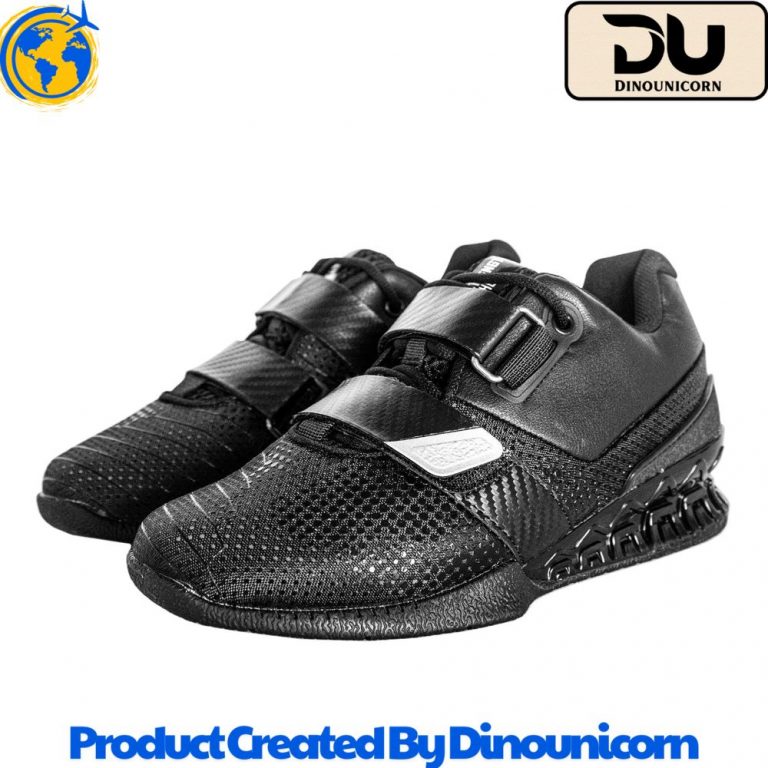
Do Weightlifting Shoes Really Help?
Many lifters wonder whether weightlifting shoes are essential or just a marketing gimmick. To answer this, let’s examine how lifting shoes help improve performance.
Improved Performance with Weightlifting Shoes
Weightlifting shoes can significantly enhance performance, especially during squats and other strength training exercises. The elevated heel provides better positioning for your knees, helping you maintain proper posture and even weight distribution. This results in more power being transferred through the legs and into the lift. Additionally, the hard soles in lifting shoes provide greater traction, ensuring you don’t lose stability when lifting heavy weights.
The Science Behind Weightlifting Shoes and Their Effectiveness
The heel lift in weightlifting shoes is designed to help lifters achieve an optimal squat depth and proper positioning. By elevating the heel, these shoes compensate for limited ankle mobility, allowing for a deeper squat while keeping the back straight. This reduces strain on the lower back and minimizes the risk of injury. For lifters with mobility issues, lifting shoes can be a game-changer, enabling them to perform exercises like the snatch with better form.
Weightlifting Shoes vs Regular Shoes: A Comparison
When comparing weightlifting shoes vs regular shoes, the most noticeable difference is in their design. Regular gym shoes are made for comfort and versatility, while weightlifting shoes prioritize support and stability. The solid, non-compressible soles in lifting shoes prevent the feet from sinking into the floor, which is especially important for heavy lifts. Regular shoes, on the other hand, often have cushioned soles that can reduce the amount of force transferred to the ground, which may hinder performance in heavy lifts.
How Weightlifting Shoes Improve Squat Depth and Stability
A key feature of weightlifting shoes is their ability to improve squat depth. By elevating the heels, they help keep the lifter’s knees forward, which encourages a deeper squat. This ensures that the lifter is working the right muscle groups, particularly the quads and glutes. The solid base and hard soles of lifting shoes also increase stability, making it easier to maintain balance during challenging lifts.

The Benefits of Weightlifting Shoes for Squats and Lifting
Now that we’ve established how weightlifting shoes can enhance performance, let’s dive into the specific benefits they provide, particularly for squats and other lifting exercises.
Enhanced Stability and Support During Lifts
Weightlifting shoes provide critical stability by offering a firm, solid base. This is especially important for exercises like squats, deadlifts, and overhead presses, where balance is key to executing the lift correctly. The hard soles ensure that the feet remain planted on the ground, which maximizes power transfer and reduces the risk of instability during a heavy lift.
Role of the Elevated Heel in Improving Squat Technique
One of the main reasons lifters choose weightlifting shoes for squats is the elevated heel. This heel lift helps shift the hips forward, improving ankle mobility and enabling the lifter to squat deeper without compromising form. The added height of the heel can also make squatting more comfortable for individuals with limited mobility or flexibility in the ankle joints.
How Weightlifting Shoes Provide Ankle Support
Weightlifting shoes provide essential ankle support, which is crucial for stability during squats and other movements. The structure of lifting shoes prevents excessive ankle movement and keeps the feet securely positioned. This minimizes the risk of ankle injuries while ensuring that the lift is performed with maximum control.
Do Weightlifting Shoes Increase Strength?
While weightlifting shoes themselves do not directly increase strength, they can certainly help you lift more effectively by ensuring the correct posture, stability, and squat depth. By improving these factors, lifting shoes allow you to perform lifts with more control, which can contribute to more efficient strength training and progress over time.
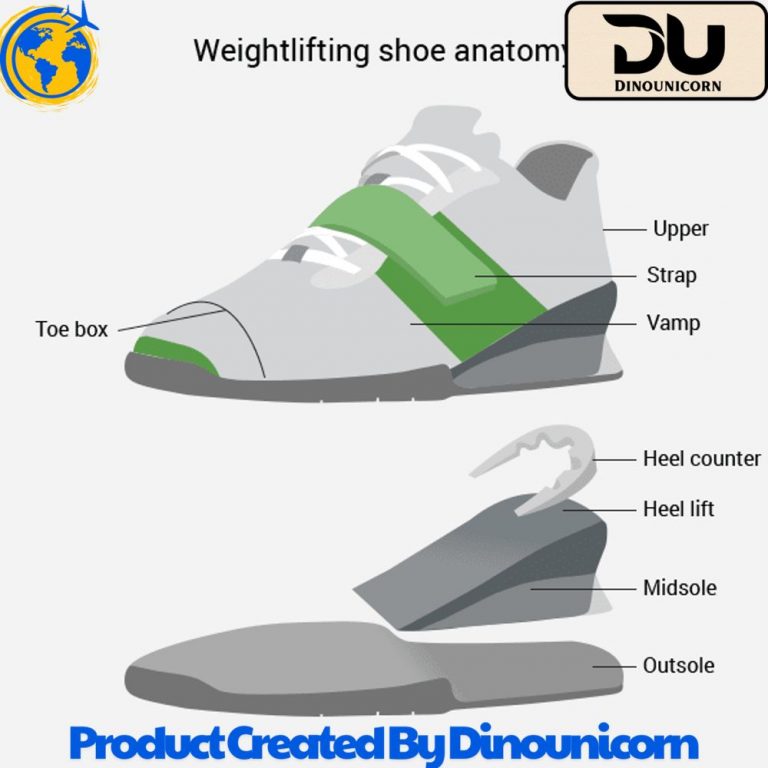
Key Features of Weightlifting Shoes
To fully understand the benefits of weightlifting shoes, it’s important to look at the key features that make them stand out from regular footwear.
The Importance of a Solid Base for Weightlifting Shoes
A solid base is essential in weightlifting shoes as it ensures maximum stability. The flat, hard soles provide a firm connection with the ground, making it easier to generate power and keep balance during heavy lifts. Without this solid foundation, it would be difficult to execute high-intensity lifts effectively.
Elevated Heel vs Flat Heel: Which Is Better for Weightlifting?
The elevated heel in weightlifting shoes is often preferred by lifters because it helps improve posture, squat depth, and overall performance. However, some lifters may prefer flat heel weightlifting shoes, particularly for movements like deadlifts, where a lower heel may be more effective for maintaining proper form. The choice between an elevated heel and a flat heel ultimately depends on the lifter’s preference and the type of lifting they perform.
Heel Lift and Foot Positioning in Weightlifting Shoes
Weightlifting shoes are designed to keep your feet in the optimal position during lifts. The heel lift positions the body correctly, ensuring that the knees track forward without compromising balance. This improves both squat depth and overall form during exercises like the snatch and clean and jerk.
Why Heel Elevation Matters for Squats and Deadlifts
Heel elevation plays a significant role in improving squat technique and form. When lifting, weightlifting shoes with heel help align the knees, hips, and ankles, allowing for a deeper squat. This results in better muscle activation and prevents injury by distributing the weight evenly across the lower body.
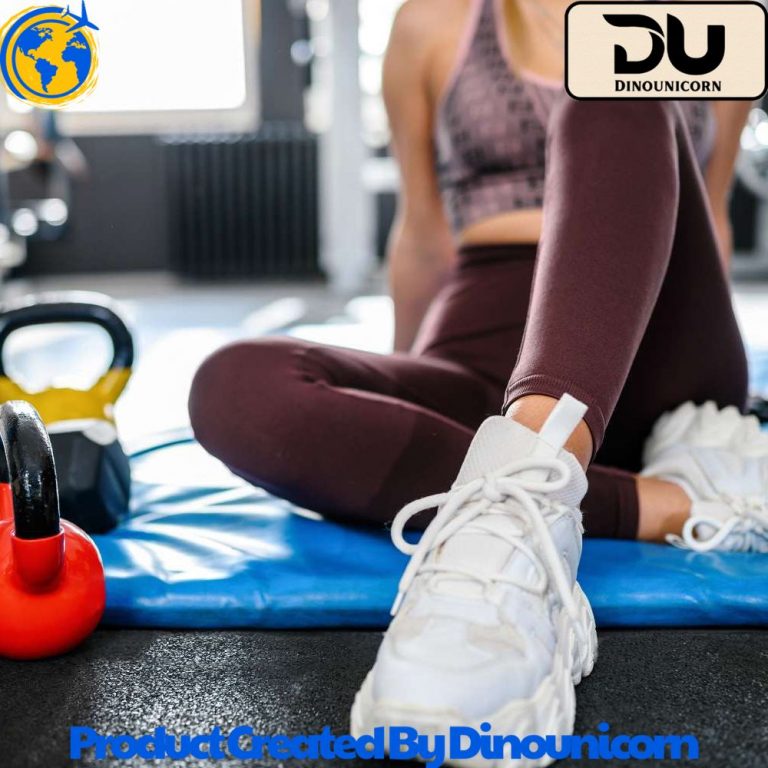
Are Weightlifting Shoes Necessary?
A common question among lifters is whether weightlifting shoes are truly necessary, especially if they already own a pair of regular gym shoes.
Weightlifting Shoes vs Barefoot Lifting: What’s Best for You?
While some lifters prefer to train barefoot or in flat shoes, weightlifting shoes provide more benefits for those focusing on heavy lifts or Olympic lifting. Barefoot lifting may be suitable for some, but weightlifting shoes ensure better stability, ankle support, and squat depth, which are crucial when lifting heavy weights.
Do You Need Weightlifting Shoes for Powerlifting and Olympic Lifts?
For powerlifting and Olympic lifting, weightlifting shoes are highly recommended. They provide the necessary stability, support, and optimal foot positioning that help in performing lifts like the clean and jerk or the snatch. Without the proper footwear, achieving the best position for your squat or other lifts becomes more difficult.
Long-Term Effects of Using Weightlifting Shoes
Over time, the use of weightlifting shoes can improve your lifting technique, leading to better performance and fewer injuries. They help you develop better lifting habits by ensuring proper foot positioning, stability, and posture, which can have a long-term positive effect on your strength training progress.
Weightlifting Shoes for Injury Prevention
Proper footwear is critical in minimizing the risk of injury during lifting. Weightlifting shoes are specifically designed to offer the support needed for both beginners and experienced lifters.
Weightlifting Shoes and Injury Prevention: How They Help
By providing ankle support, ensuring the correct foot position, and maintaining a solid base, weightlifting shoes help prevent common injuries like ankle sprains, knee problems, and lower back pain. Their structure helps keep the lifter in an optimal position, reducing the chances of form breakdown during heavy lifts.
How Proper Footwear Supports Knee and Joint Health
The elevated heel in weightlifting shoes encourages proper posture and alignment, which helps protect the knees and joints during lifts. Proper foot positioning ensures even weight distribution, preventing excessive strain on any one area of the body.
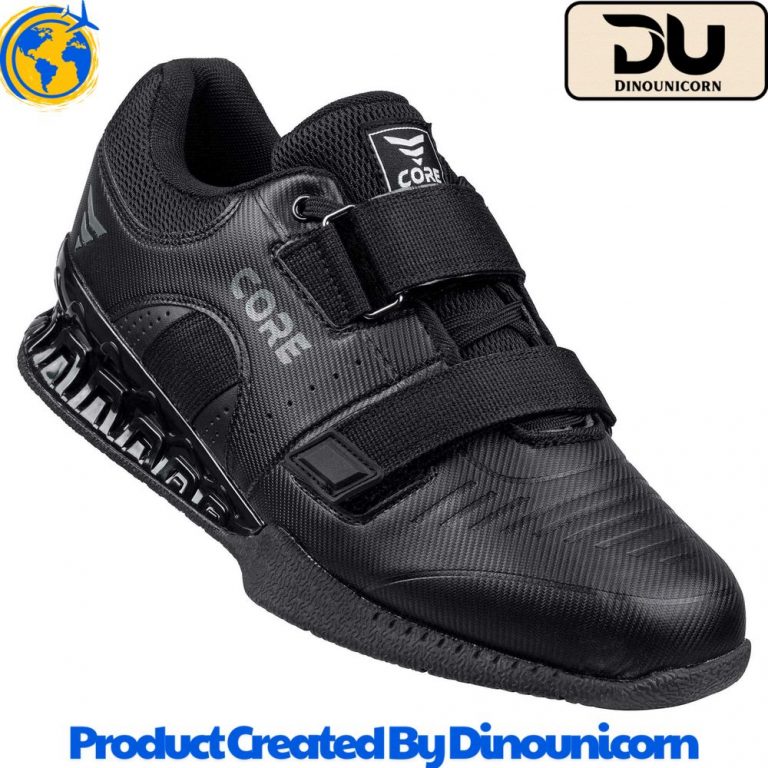
Choosing the Best Weightlifting Shoes for Beginners
If you’re just starting out in weightlifting, selecting the right pair of lifting shoes can make a big difference in your performance and safety.
Factors to Consider When Choosing Your First Pair of Weightlifting Shoes
When purchasing weightlifting shoes for beginners, consider factors like the heel drop, the type of lifting you plan to do, and your foot’s arch. A good pair of training shoes will provide the stability and ankle support needed to execute lifts properly.
Best Weightlifting Shoes for Squats, Deadlifts, and Powerlifting
Some of the best weightlifting shoes for squats and other heavy lifts are those with a firm sole, elevated heel, and excellent arch support. Look for shoes with hard soles for maximum power transfer during squats and deadlifts.
How Weightlifting Shoes Contribute to Better Training Results
Weightlifting shoes ensure that your training sessions are effective by helping you maintain proper form. As a result, you can lift more weight, achieve deeper squats, and reduce the risk of injury, all of which contribute to better long-term results in your strength training journey.
Conclusion: Do Weightlifting Shoes Really Help in Your Training?
In conclusion, weightlifting shoes offer several benefits that can enhance performance, improve posture, and prevent injuries. They are particularly useful for squats, deadlifts, and Olympic lifts, where foot positioning, ankle support, and squat depth are crucial. For lifters serious about strength training, lifting shoes are not just a luxury, but an essential tool to help achieve the best results.
Frequently Asked Questions (FAQ)
1. Do weightlifting shoes really help with squats?
Yes, weightlifting shoes help achieve optimal positioning during squats by providing better stability and allowing for a deeper squat with correct posture.
2. Can weightlifting shoes improve performance?
Absolutely. Lifting shoes help improve squat depth, foot positioning, and ankle mobility, leading to better performance in squats, deadlifts, and Olympic lifts.
3. Are weightlifting shoes necessary for powerlifting?
While not strictly necessary, weightlifting shoes are highly beneficial for powerlifters, as they provide extra stability and support during heavy lifts.
4. Can I use regular shoes for lifting?
Regular shoes can work for light lifting, but weightlifting shoes are designed to provide better ankle support, stability, and help with squat depth, which are essential for optimal lifting performance.
5. Do weightlifting shoes help prevent injury?
Yes, weightlifting shoes provide proper alignment and stability, reducing the risk of injury by maintaining correct posture and foot positioning during lifts.
 Skip to content
Skip to content

